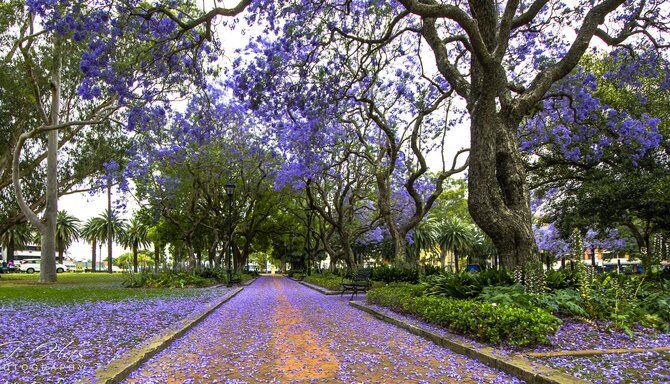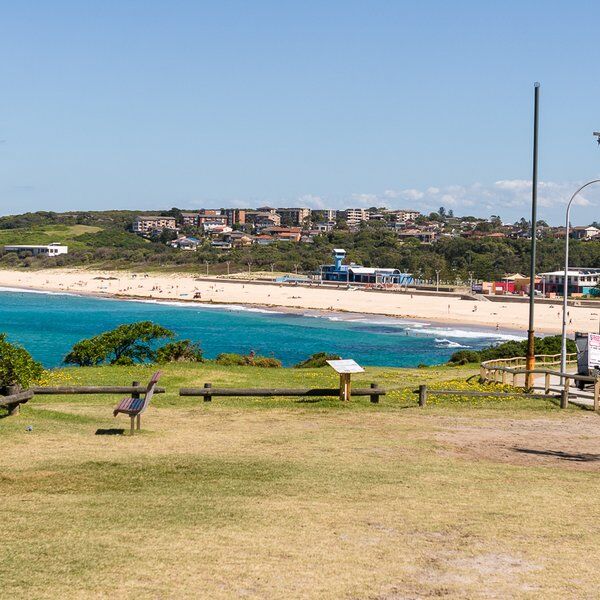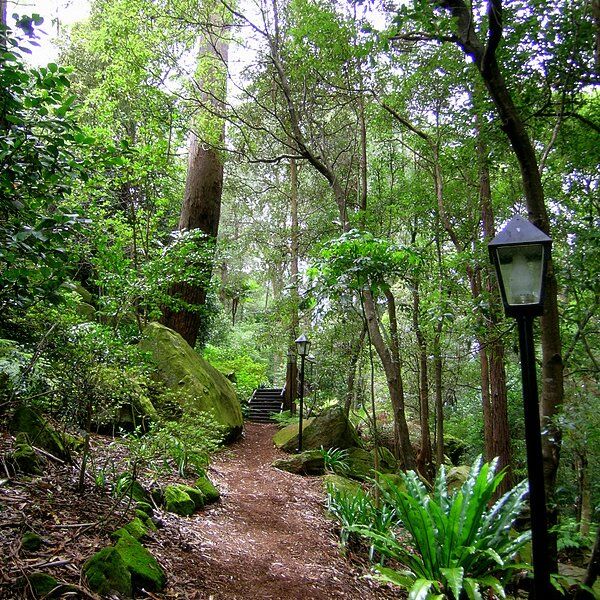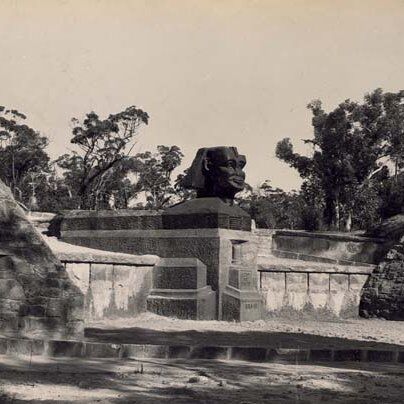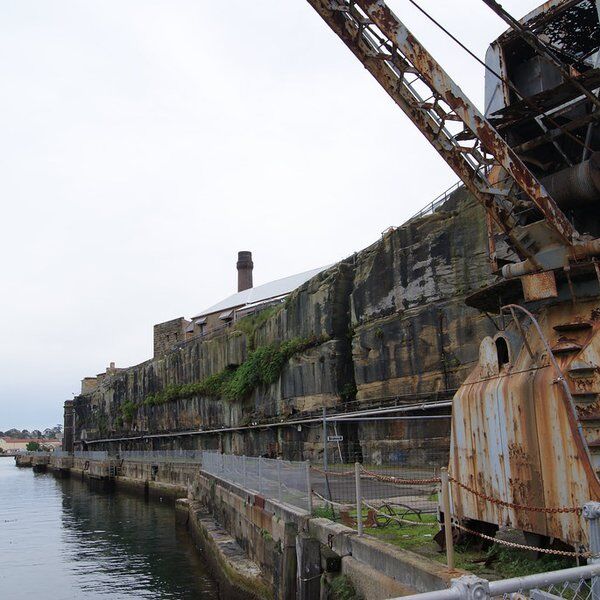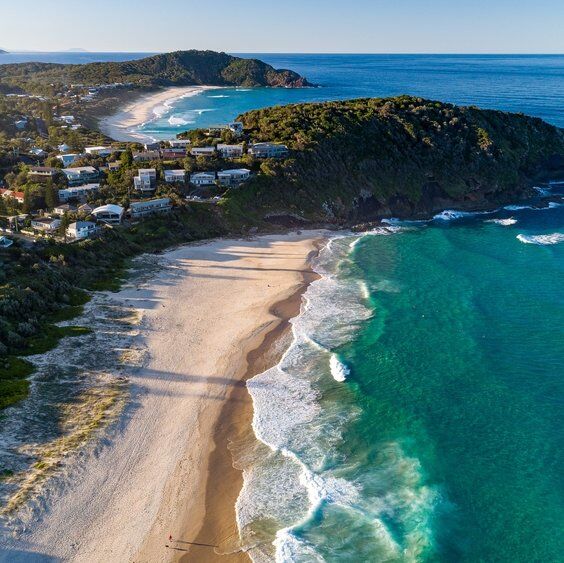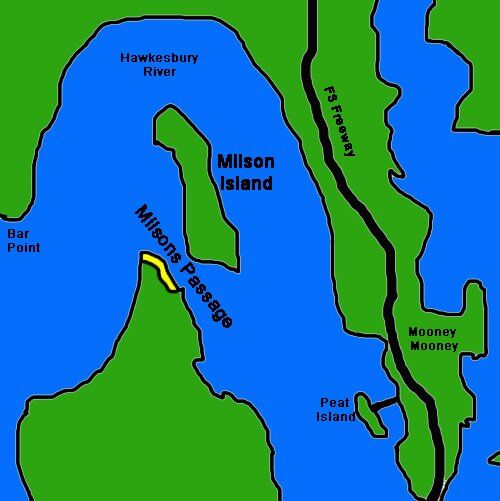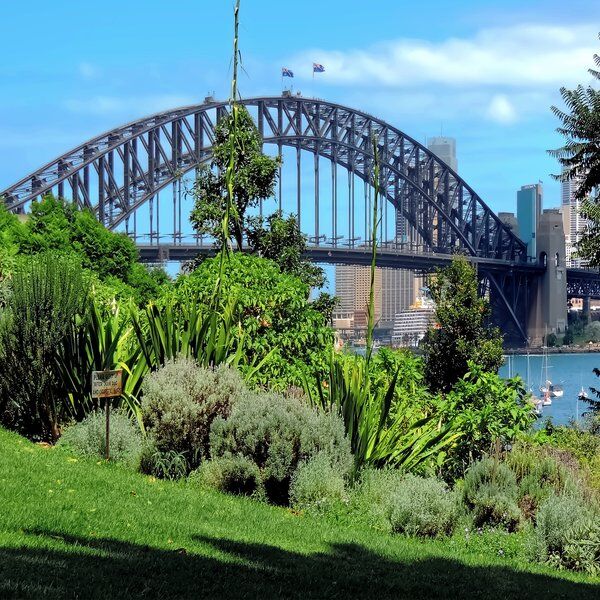Discover Wistaria Gardens in Sydney
Originally part of the Cumberland Hospital precinct, the two-hectare Wistaria Gardens, along with the heritage-listed Glengarriff House, was built in 1906 as the residence for the Medical Superintendent of the Parramatta Lunatic Asylum. Along with Glengarriff House, Wistaria Gardens recently became part of Parramatta Park. Today, Wistaria Gardens is a beautiful public space that bursts into colour each spring, attracting visitors from all over.
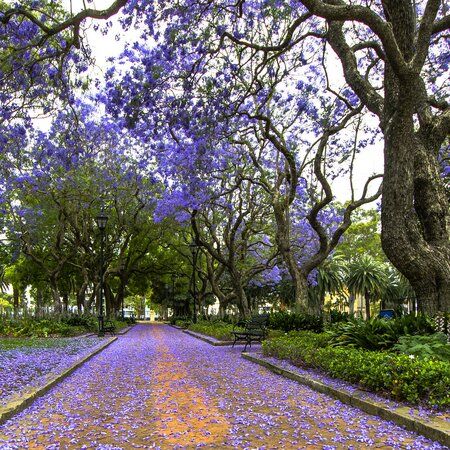
Hello Lamp Post at Wistaria Gardens
Wistaria Gardens is in collaboration with Hello Lamp Post. Known as the "Hello Wistaria Gardens" initiative, this digital experience allows visitors to scan OR codes, at various points of interest throughout the gardens and learn more about certain aspects. For example, scanning the "Hello Entrance" sign at the front of the entrance allows visitors to discover the history of the palisade fence surrounding the gardens, which originated from another popular location in Sydney. In total there are eight interactive experiences scattered throughout Wistaria Gardens.
The History of Wistaria Gardens, Sydney
Origins and Early Development
Wistaria Gardens were initially established as part of the residence for Dr. William Cotter Williamson, the Medical Superintendent of the Parramatta Lunatic Asylum. Built in 1906, the residence was surrounded by the lush and carefully planned Wistaria Gardens.
In 1907, during a tour in Japan with his daughters, Nightingale and Nora, who were accomplished musicians, Dr. Williamson brought back the original wisteria cuttings to Australia. Nora, in particular, gained recognition as one of Australia's greatest violinists in the early 20th century.
Establishing the Gardens
The establishment of Wistaria Gardens was a long process. The wisteria, brought from Japan, flourished and became the garden's signature feature. Visitors can learn more about the garden's history and the origin of the wisteria by engaging with the interactive "Hello Plant" sign.
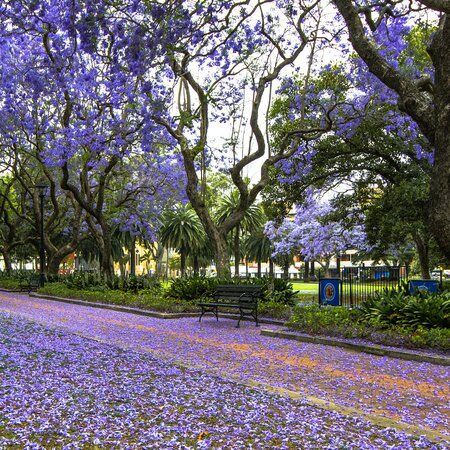
Features of Wistaria Gardens
Glengarriff House
Glengarriff House, designed by the Government Architect Walter Liberty Vernon in the "arts and crafts" Federation style, became the official residence of the Medical Superintendent from 1907 until 1963. Following its use as a residence, the house was converted into a ward for treating drug and alcohol addictions, known as Wistaria House, for the next 30 years. The house remains an important feature of the gardens.
The Gardens
The landscape of Wistaria Gardens is adorned with classical elements such as Japanese tori gates, classical urns, and lych gates at the entrances. The garden's plant species include Japanese wisteria (Wisteria floribunda), flowering peach (Prunus persica cv.), almond trees (Prunus amygdalus), palm trees (Washingtonia robusta), tree gardenia (Rothmannia globosa), and English elms (Ulmus procera). Flower beds line the pathways and driveways.
Historical Elements
The Parramatta Sand Body, an ancient sand formation with evidence of human life dating back 35,000 to 40,000 years, lies beneath the gardens. The "Hello Sand Body" sign provides visitors with insights into this significant archaeological site.
Feeding the Asylum
In its early days, Wistaria Gardens was not only a place of beauty but also a source of sustenance. The gardens were rich with crops feeding the patients living at the Parramatta Lunatic Asylum. Visitors can learn about the types of food grown here by locating the "Hello Terrace" sign.
Flying Fox Camp
The gardens have also been home to a Grey-Headed Flying Fox camp for centuries. These important Australian species can be seen close to the river, and more information about them can be found by scanning the "Hello Flying Foxes" sign.
Wistaria Garden Workshops and Tours
Free workshops focused on wellbeing, mindfulness, and creating art are also held at the gardens.There are also free tours available throughout the day. These tours include:
- First Nations cultural tours.
- Tours of the Wistaria Gardens spring plantings.
- Explorations of one of Australia’s oldest buildings.
- Self-guided tours along the Parramatta River.
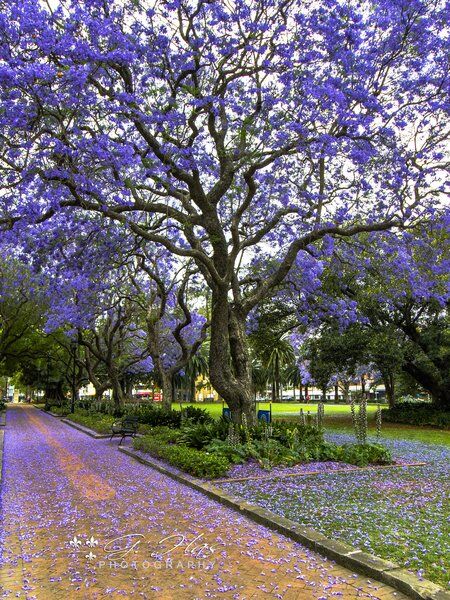
Spring in Wistaria Gardens
Spring is undoubtedly the best time to visit Wistaria Gardens. The garden displays purple wisteria, rows of cherry, peach, and almond blossoms, palm trees, tree gardenia, and English elms. As well as beds of colourful snapdragons, primulas, pansies, and violas. The effect is a vividly colourful and fragrant landscape.
Visitors are encouraged to capture the beauty of the gardens through photography. During the bloom season, the gardens run a spring photo competition—the winner gets vouchers to Parramatta Park’s Misc.
September in Wistaria Gardens
Wistaria Gardens hosts a giant spring party every September, with live music, food, and entertainment over two weekends. This festive event complements the blooming floral displays and has fun activities for visitors of all ages typically from 11:00 am until 3:00 pm.
Live music performances add to the festive occasion. Over the years acts like Highly Strung, Gav Darby, and lyrical guitarist Chris Connolly have made appearances.
Greater Sydney Parklands in Wistaria Gardens
In July 2022 the gardens were incorporated into the UNESCO-listed Parramatta Park following legislation by the NSW Parliament that recognised the Greater Sydney Parklands Trust (GSPT). Recognising its beauty, cultural significance—on the land of the Burramatta clan of the Darug people—and value as a public space, GSP began restoring Wistaria Gardens to their original state. This is achieved with horticultural improvements and engaging the community in future plans.
Parramatta Park
Gazetted as a public park in 1857, Parramatta Park is one of Australia's earliest public parks. Home to the Burramattagal people, the park's ancient cultural landscape has provided food, shelter, and resources for nearly 40,000 years.
The park covers 85 hectares of lawns, gardens, monuments, and recreational facilities. It also houses Australia's oldest surviving government house and the Dairy Cottage, the oldest intact European-origin building in the country. These historical landmarks make Parramatta Park one of the 11 Australian convict sites listed on the UNESCO World Heritage Register.
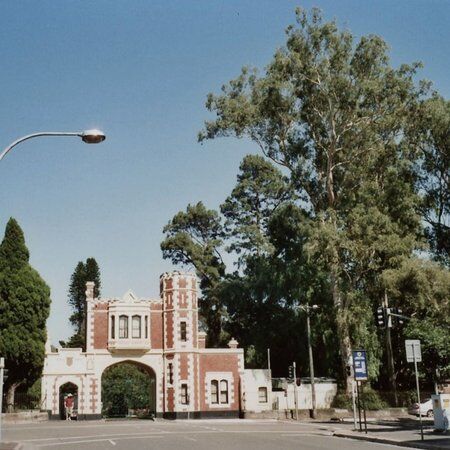
Visiting Wistaria Gardens
The gardens are accessible via Byrnes Avenue, near The Picnic Ground inside Parramatta Park. Limited parking is available within the park. They are open 24/7, but the special events and activities for the bloom season are scheduled from 11:00 am to 3:00 pm on specified weekends. The gardens are easily accessible by public transport, and there is ample parking available for those driving.
Visitors can purchase coffee and snacks on-site, but we always recommend bringing your own picnic. Spread out a blanket, relax, and take in the beauty of the gardens while enjoying your favourite picnic foods with family and friends.
Interested in finding more places like this? Why not try one of our Scavenger Hunts in Sydney - work as a team to overcome cryptic riddles and allow yourselves to be swept off the beaten track on a journey to discover all the quirky bars and unusual sites Sydney has to offer.
